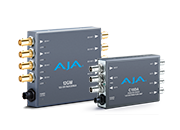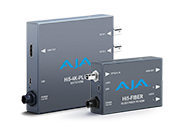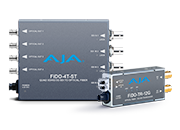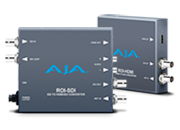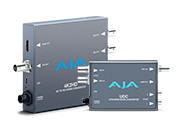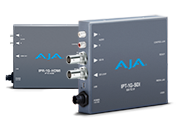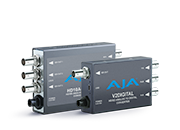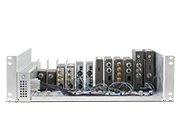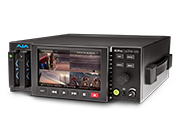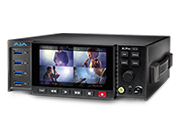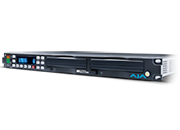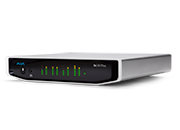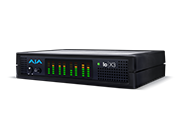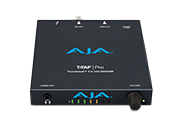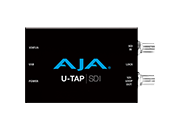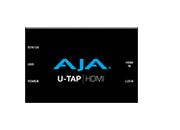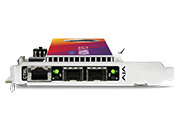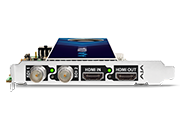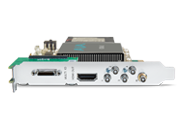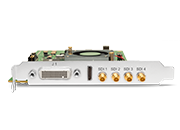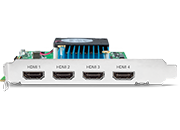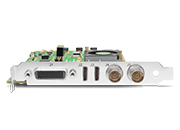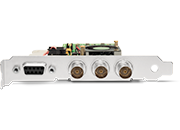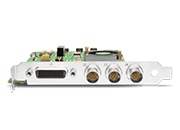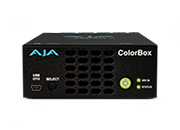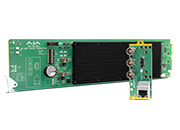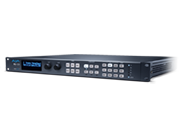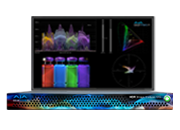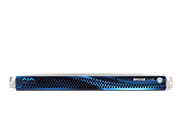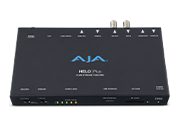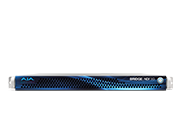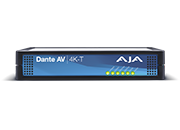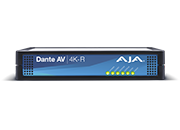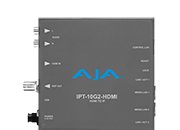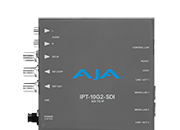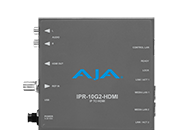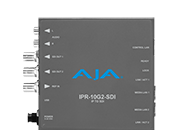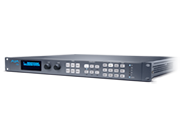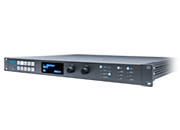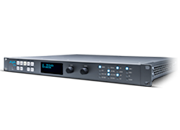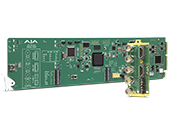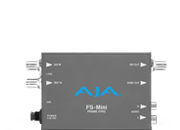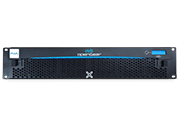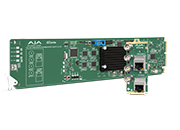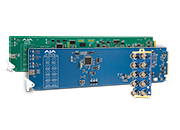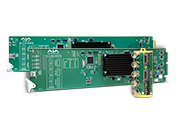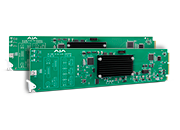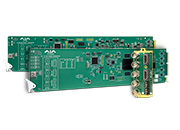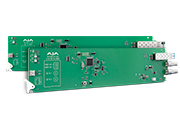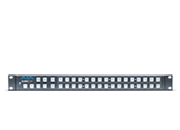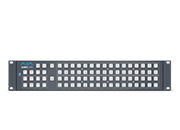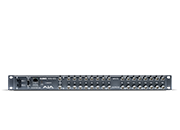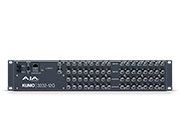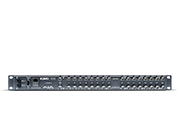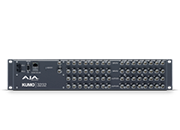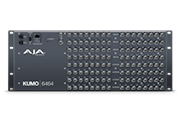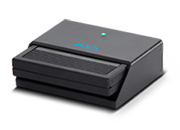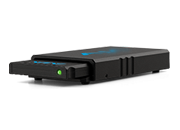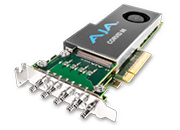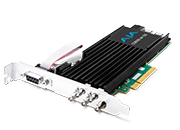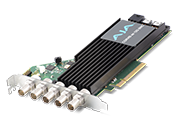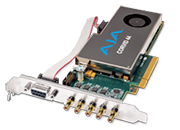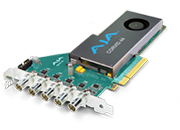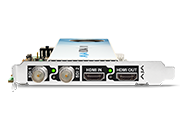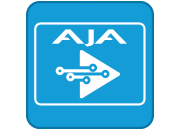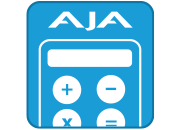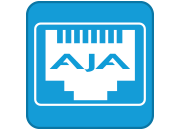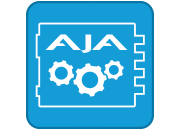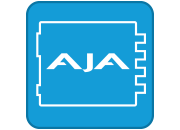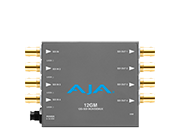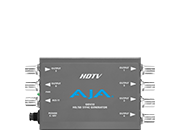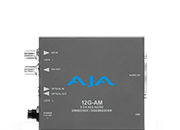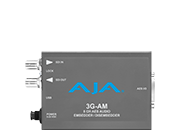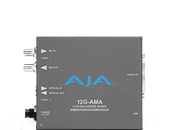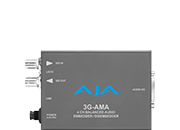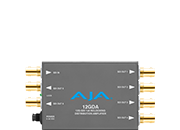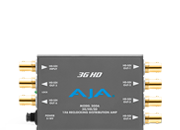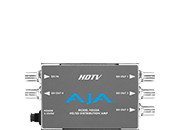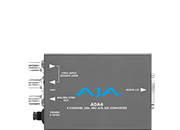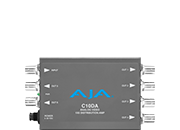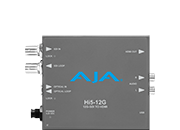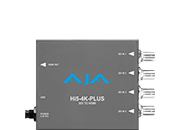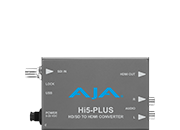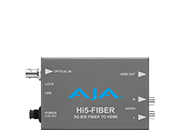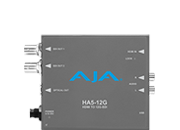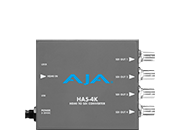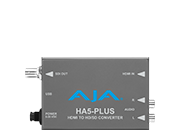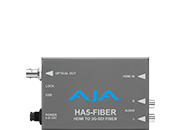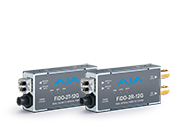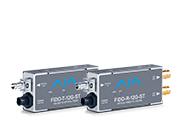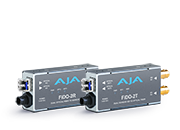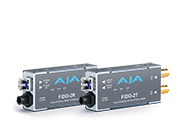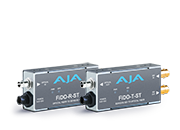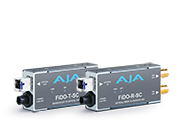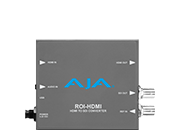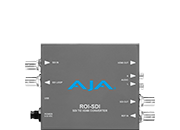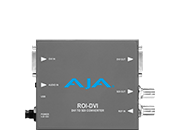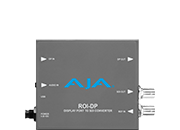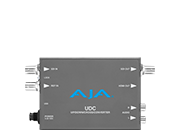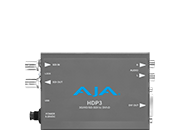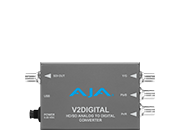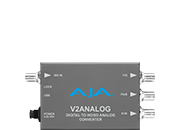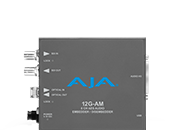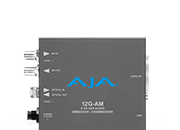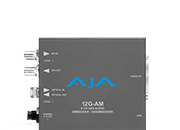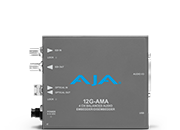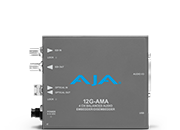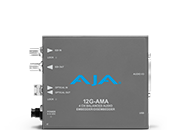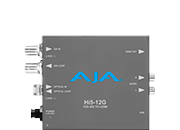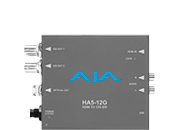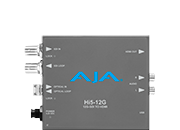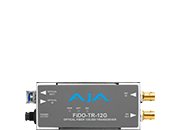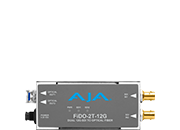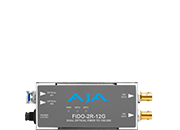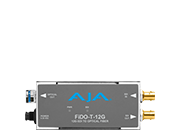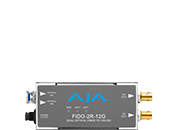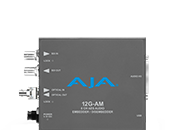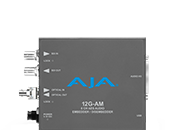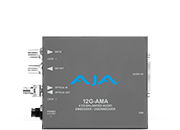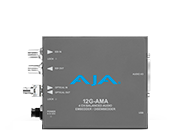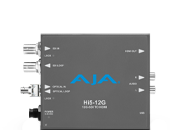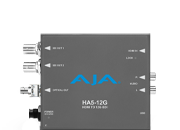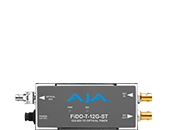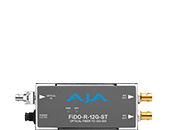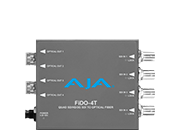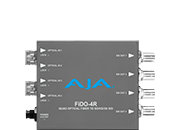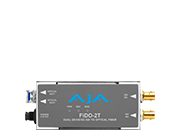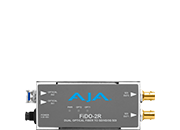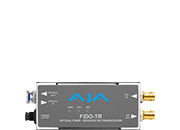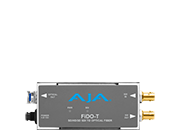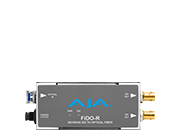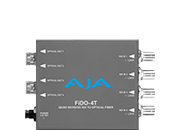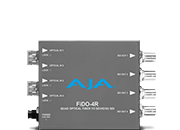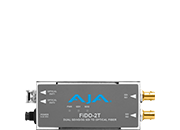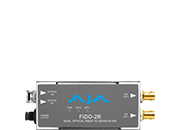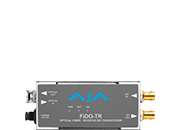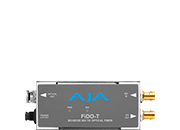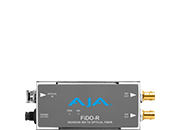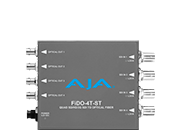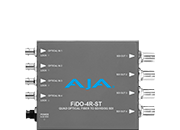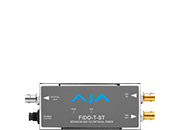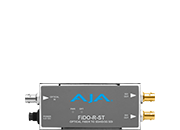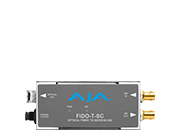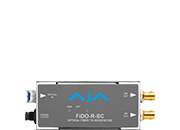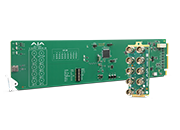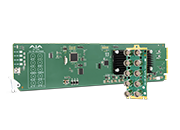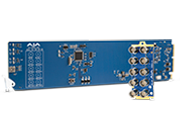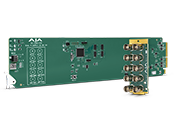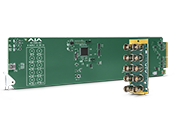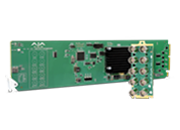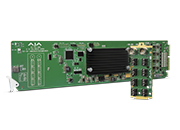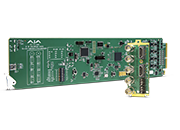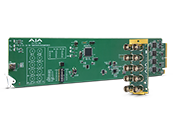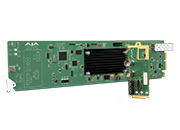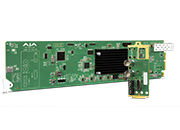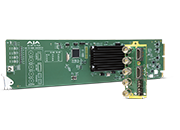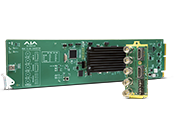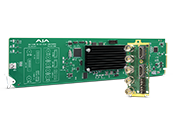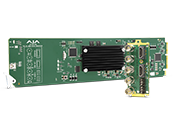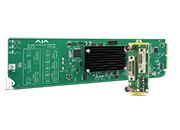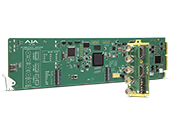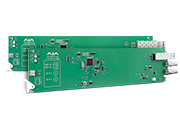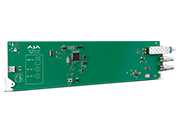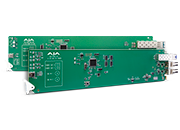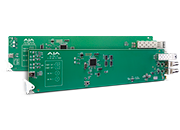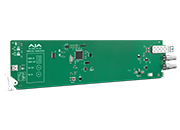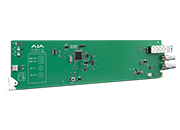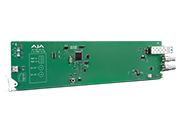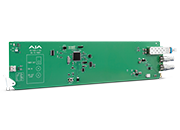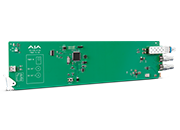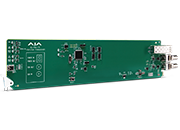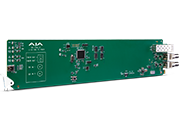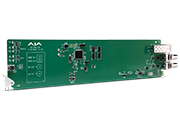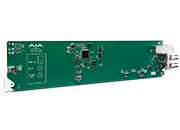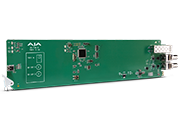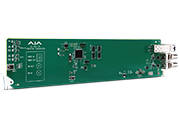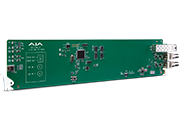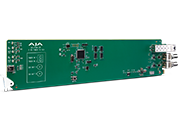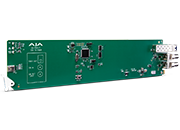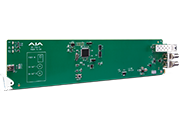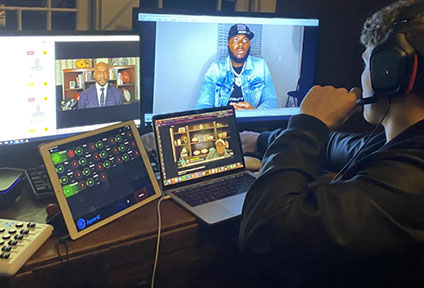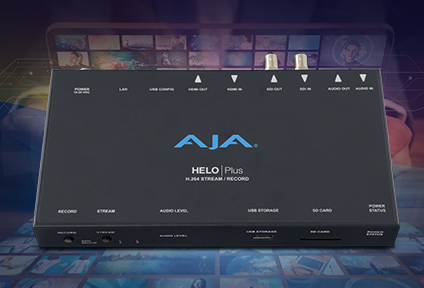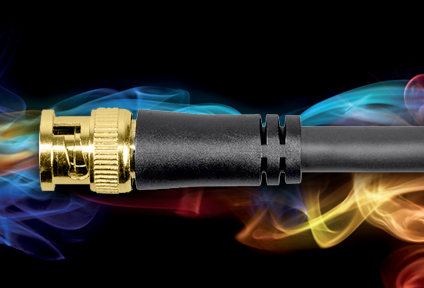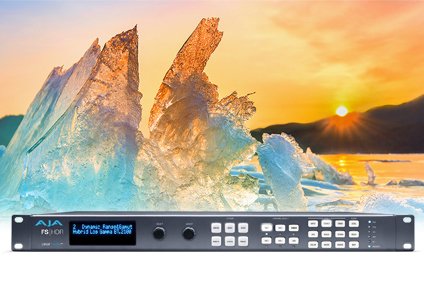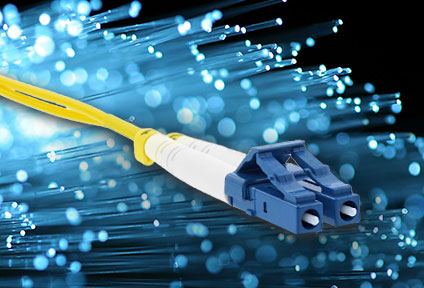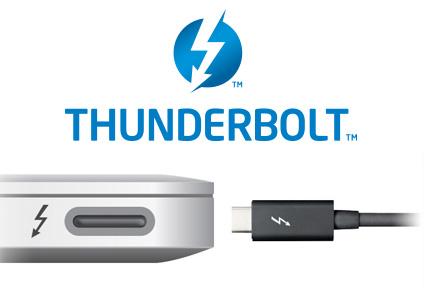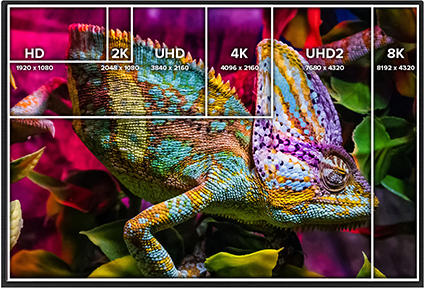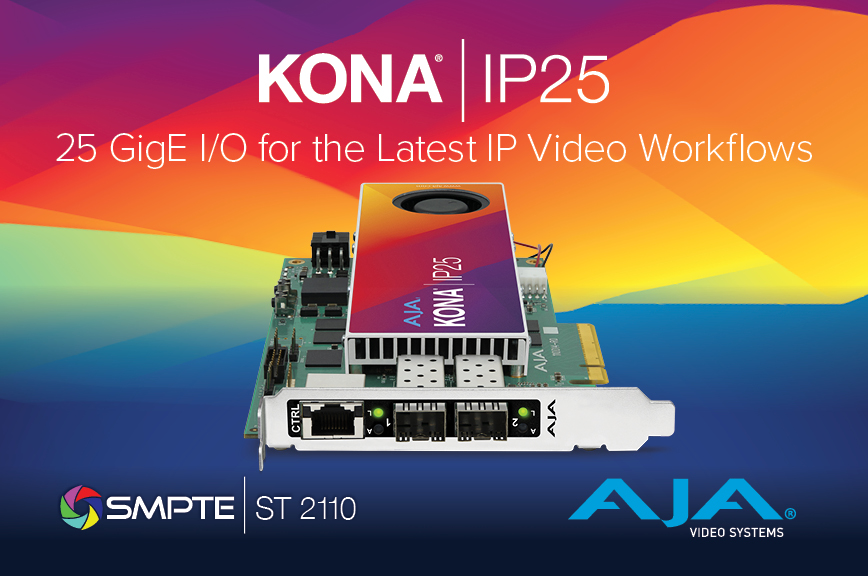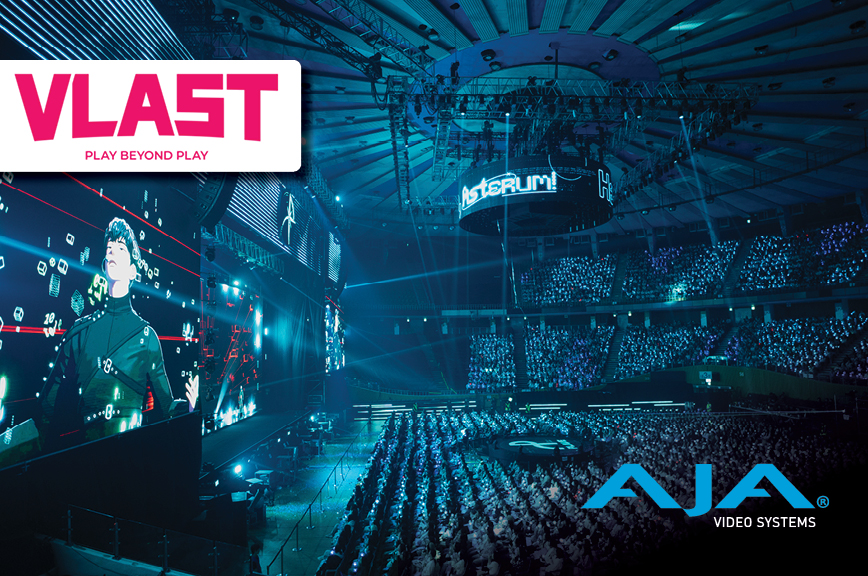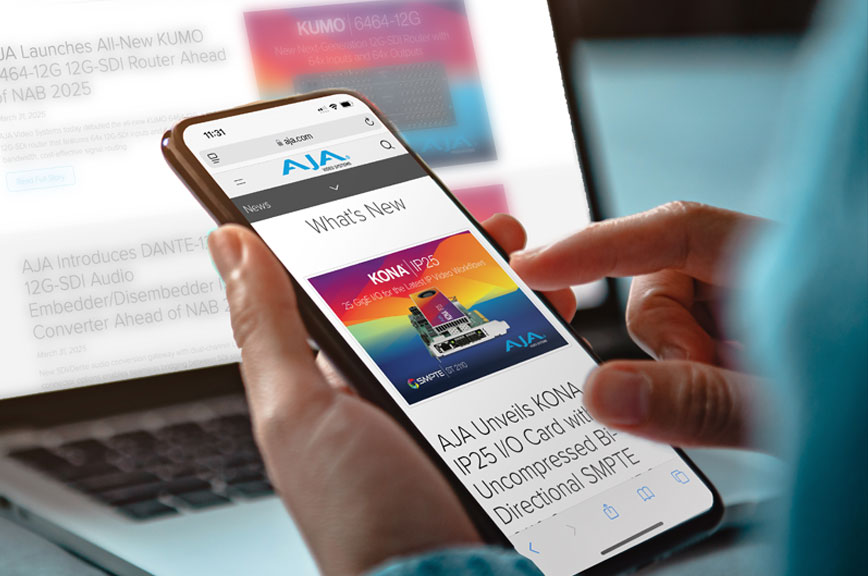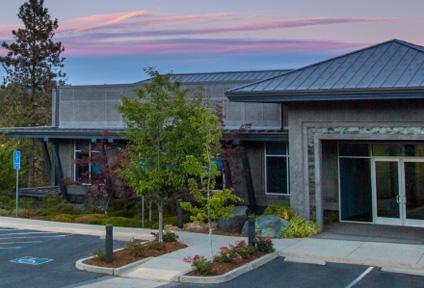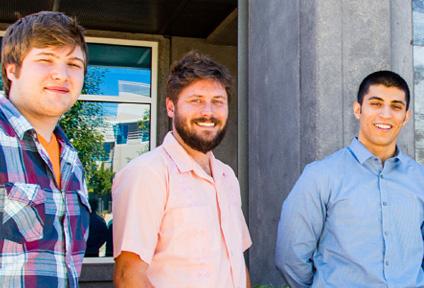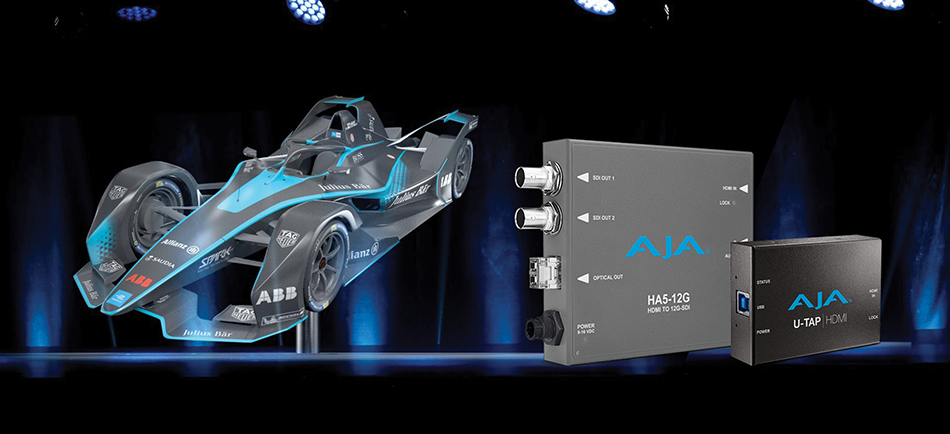Musion Delivers Photoreal 3D Holograms with Advanced Imaging Technology & AJA Solutions
January 6, 2022
The proliferation of advanced imaging technologies has increased accessibility to lifelike 3D holograms for wider audiences in recent years, with applications spanning entertainment, live event, corporate marketing, and education markets. Among the innovators accelerating the industry, Musion Group has trailblazed the development of hyperreal, interactive holograms using high-end imaging and cinematic technologies since 2008. We recently had a chat with the Musion 3D Head of Communications Andreea Timis and Director Ian O’Connell to talk about their experiences; recent projects; and use of AJA gear in delivering high-fidelity, lifelike holograms. We’ve compiled our favorite interview highlights below:
Please provide an overview of Musion and your core line of work.
[AT] Musion 3D is a global leader in the development, marketing, production, and broadcast of photoreal 3D holographic illusions. We’ve worked with leading international corporations in 45 countries to produce immersive holographic video presentations, installations and lifelike doubles of high-profile figures, among them Prince Charles, Richard Branson, Rihanna, Madonna, Mariah Carey and the Black Eyed Peas. Our team is headquartered in London, and our clients include Universal, Samsung, PWC, Burberry, BMW, and Vodafone, among others. We’ve been honored with many awards over the years, with our most prestigious accolade from the Guinness World Records for the largest-ever Pepper’s Ghost holographic installation, created for the launch of the Dubai tram. Our core team is a tight-knit group of energetic technologists and creatives, and we work with leaders in the field to advance our technology solutions and project offerings.

Can you discuss a recent project that your team delivered?
[AT] Our patented portfolio of next-gen technologies includes a telepresence holographic conferencing solution, which we developed to deliver life-sized 3D experiences in real-time. In gearing up for Vodafone Romania’s recent 5G launch, we created the first live telepresence hologram in 4K during an event hosted on Mother’s Day. The event featured live 4K holographic figures of moms in a celebration of their love and achievements. Footage from the event was captured and later edited for use in commercials. This was the first holographic installation that our team produced in 4K and filmed in an outdoor environment, presenting a host of new challenges.

How did your team overcome the aforementioned challenges?
[IOC] The event setup required that holographic images be transmitted over long distances between two separate locations, necessitating conversion from coax cable to fiber to maintain an uncompromised video signal. To ensure the video resolution was consistent throughout transmission and convert the live 4K SDI signals to fiber, we relied upon AJA’s versatile and compact lineup of Hi5 and HA5 12G-SDI-enabled Mini-Converters, allowing us to share high-bandwidth signals long distances over a single cable with zero downtime. AJA’s converters are incredibly powerful and easy to work with. They interconnect signals like LEGO pieces, which allows you to build the exact infrastructure customized to meet the requirements of any job.
Have you used any other AJA gear for project workflows?
[IOC] Depending upon the installation or project requirements, our holographic workflows include an arsenal of AJA solutions to help deliver high-fidelity audio and imagery. Minimizing audio distortion is achieved with a range of AJA audio embedders and disembedders for echo cancellation, while AJA’s UDC up/down/cross-converter helps us effortlessly manage resolution conversions to maintain consistent raster sizes throughout project workflows. To capture holographic content, we rely upon AJA’s production-proven line of Ki Pro digital recorders during the filming of live events, while depending upon AJA’s U-TAP HDMI and U-TAP SDI USB 3.0 bus-powered capture devices for live streaming.
We use AJA tools in a nonconventional way compared to standard IT and AV installers. We’re often first to market in developing new applications of AV technology. AJA offers strong support whenever we encounter issues during the development of new workflows; they’re also always able to assist efficiently and effectively.
What does an average day at work look like?
[IOC] There is no such thing as an average day working at Musion; every day offers new projects, challenges, and opportunities. When we aren’t producing a project, we’re exploring new technological applications. Most often, clients ask us to put events together under tight deadlines, which requires everyone to drop what they’re working on and shift focus. While we have set roles, everyone can wear many hats, which makes for a dynamic work environment.
What are the biggest challenges facing your team?
[AT] As a tight-knit team, our biggest challenge is managing our time to ensure that projects are successfully delivered. The pandemic also brought on new hurdles. Because most of our projects are events-based, we had to pivot quickly to virtual experiences, as in-person gatherings were put on hold. Initially, we focused on improving our marketing materials and exploring live streamed events work. Even as lockdown restrictions have begun to lift, there have been new health protocols we’ve had to navigate, such as COVID testing and self-isolation after potential exposure. In particular, I remember the lengths we had to go to get three of our crew members to Monaco last June, which resembled “Around the World in 80 Days.”
What technology trends are you currently following?
[IOC] The three main technology trends that have enhanced our business over time include improvements in LED, 5G, and streaming technologies. Ultra-bright, high-pitch LED technology has allowed us to replace traditional projection and display holographic images in ambient environments. The arrival of 5G has also made live transmission of 4K images easier to produce. Simultaneously, an uptick in live streaming tools and delivery platforms has extended the reach of our events to global audiences.
How have you witnessed the industry change in the last decade?
[IOC] Technological advancements have democratized holographic content creation, which has led to new players offering a variety of solutions that range from small portable units to large live stage sets. Entry level gear is now more affordable, allowing teams like us to offer the “wow” factor while also making it easier to meet increasing demand for holographic content. The pandemic has also left its mark, as it has driven new demand for virtual and smaller events with holographic components that can be streamed to audiences anywhere in the world. As the technology further develops, holographic broadcasts will become part of everyday life, not only in the corporate and entertainment space, but also at home with consumers communicating with friends and family holographically.
For more information, visit: https://musion3d.co.uk
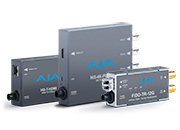 Mini-Converters
Mini-Converters
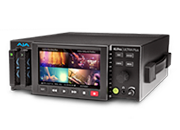 Digital Recorders
Digital Recorders
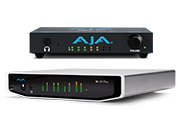 Mobile I/O
Mobile I/O
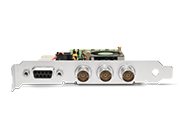 Desktop I/O
Desktop I/O
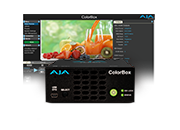 Color
Color
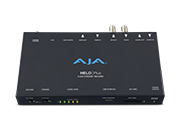 Streaming
Streaming
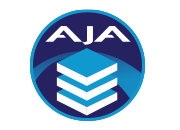 AJA Diskover ME
AJA Diskover ME
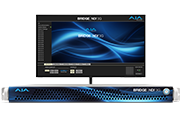 IP Video
IP Video
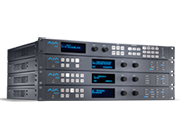 Frame Sync
Frame Sync
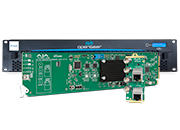 openGear
openGear
 Routers
Routers
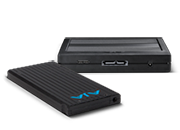 Recording Media
Recording Media
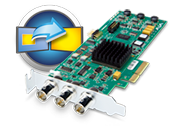 Developer
Developer
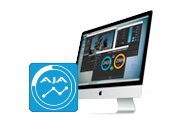 Software
Software
